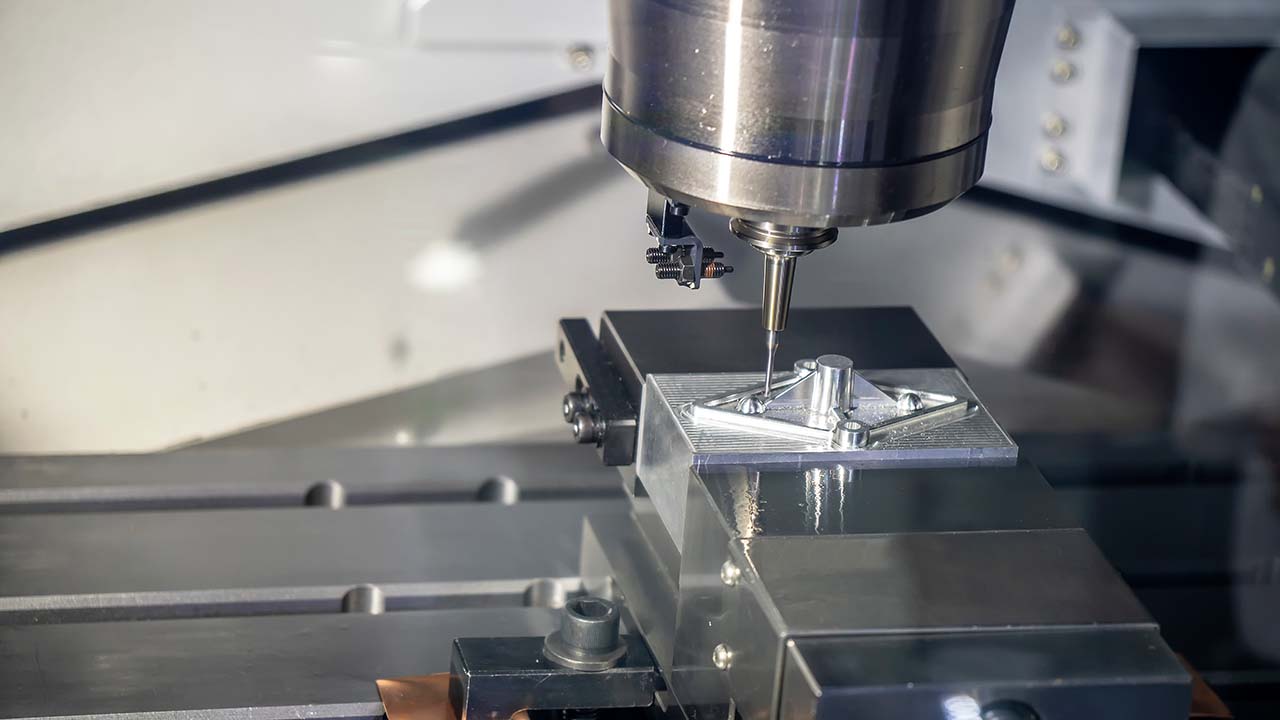Understanding the importance of functional test fixtures is essential for anyone involved in electronics manufacturing and testing. These fixtures are crucial for ensuring that devices function correctly and meet quality standards. They play a vital role in verifying that equipment will perform as expected once deployed in various environments. Whether you are just stepping into the world of manufacturing or a seasoned professional, understanding the ins and outs of functional test fixtures can significantly enhance your mastery over testing processes.

The Role of Functional Test Fixtures in Manufacturing
In manufacturing, one of the key steps is ensuring that all products are thoroughly tested before they reach the consumer. Functional test fixtures, therefore, serve as a cornerstone in the testing phases, providing a reliable framework to assess the viability and performance of devices under actual use conditions.
Components of Functional Test Fixtures
A typical functional test fixture will include the following components:
- Fixture Base: This is the foundation that holds the device under test.
- Interface Module: Connects the device to the test system.
- Probes and Connectors: These provide electrical connectivity for testing.
Importance of Accuracy in Test Fixtures
Accuracy is vital in testing scenarios as it directly correlates to product quality. Properly designed functional test fixtures ensure that measurements and tests are precise and repeatable, which is crucial for maintaining product standards and customer satisfaction.
Design Considerations for Functional Test Fixtures
Effective test fixture design includes understanding the specific requirements of the device under test, such as its electrical characteristics, mechanical dimensions, and the environment in which it will operate. Designers must also consider the accessibility of components and ease of replacement to reduce downtime.
Advantages of Using Functional Test Fixtures
There are numerous benefits to employing functional test fixtures in the manufacturing process:
- Enhanced test accuracy and reliability
- Consistency across tests
- Reduced test time and increased throughput
Challenges Associated with Functional Test Fixtures
While functional test fixtures offer several advantages, there are also challenges to consider, such as high initial setup costs, regular maintenance requirements, and the need for skilled personnel to operate and troubleshoot the fixtures.
Trends in Functional Test Fixtures
The industry is continuously evolving with new trends impacting the development and deployment of functional test fixtures. Among these trends are the integration of more sophisticated technologies like AI and machine learning to enhance testing accuracy.
Impact on Global Supply Chains
The quality and reliability of functional test fixtures significantly impact global supply chains. Ensuring that products meet international standards minimizes the risk of returns and recalls, which can disrupt supply chains. You can learn more about global supply chains in our article on global supply chains.
Sustainability and Functional Test Fixtures
Sustainability aspects must not be overlooked. Implementing eco-friendly practices in designing and using these fixtures can further enhance a companys commitment to the environment. Our piece on sustainable electronics covers these aspirations in detail.
FAQs
- What is a functional test fixture?: It is a tool used in manufacturing for testing and verifying the function of electronic devices under actual use conditions.
- Why are test fixtures important?: They ensure that all product specifications and standards are met before devices are shipped to the customer.
- What are common challenges?: High initial costs, maintenance needs, and requiring skilled operators are some common challenges.

Conclusion
In conclusion, functional test fixtures play a critical role in the manufacturing and testing of electronic devices. By focusing on design considerations, addressing challenges, and embracing new trends, manufacturers can enhance product quality and support sustainability goals. For more in-depth research on electronics and prototyping, visit this research link.


